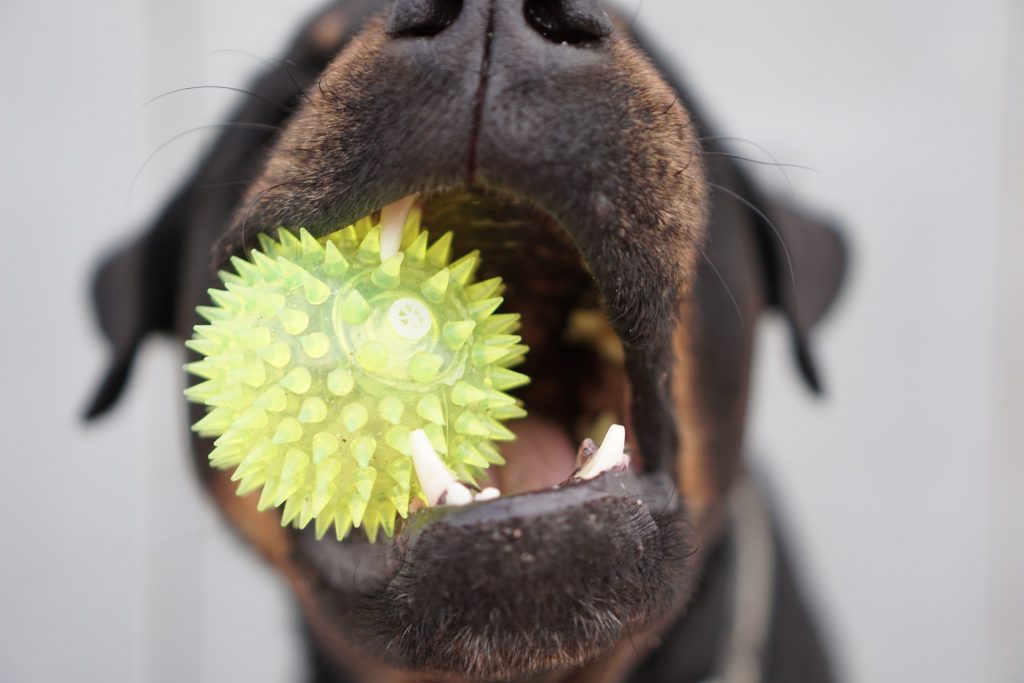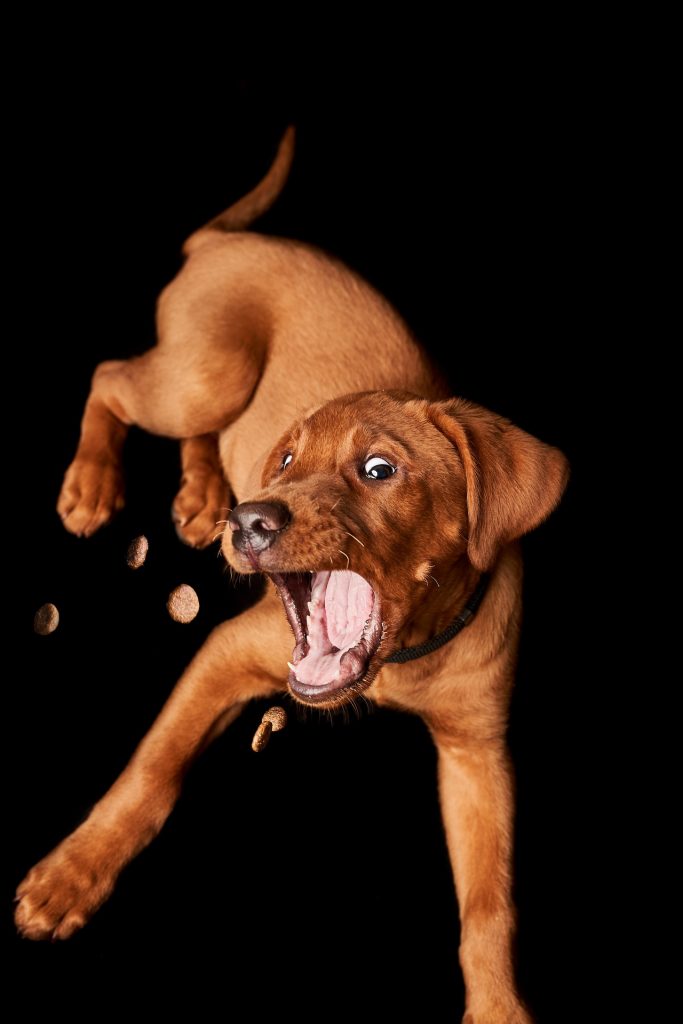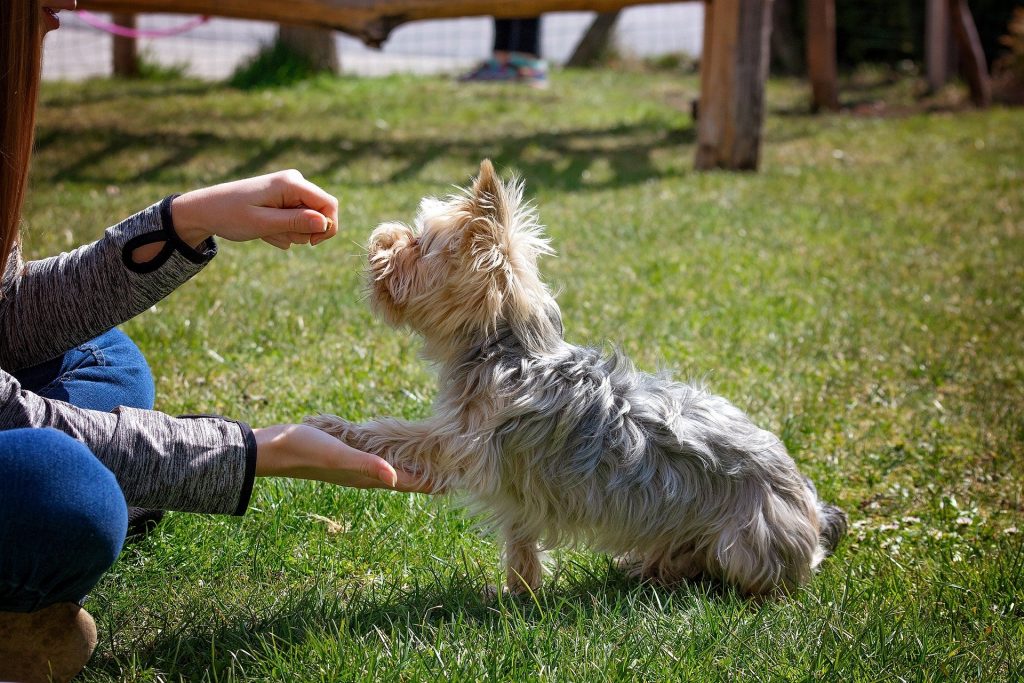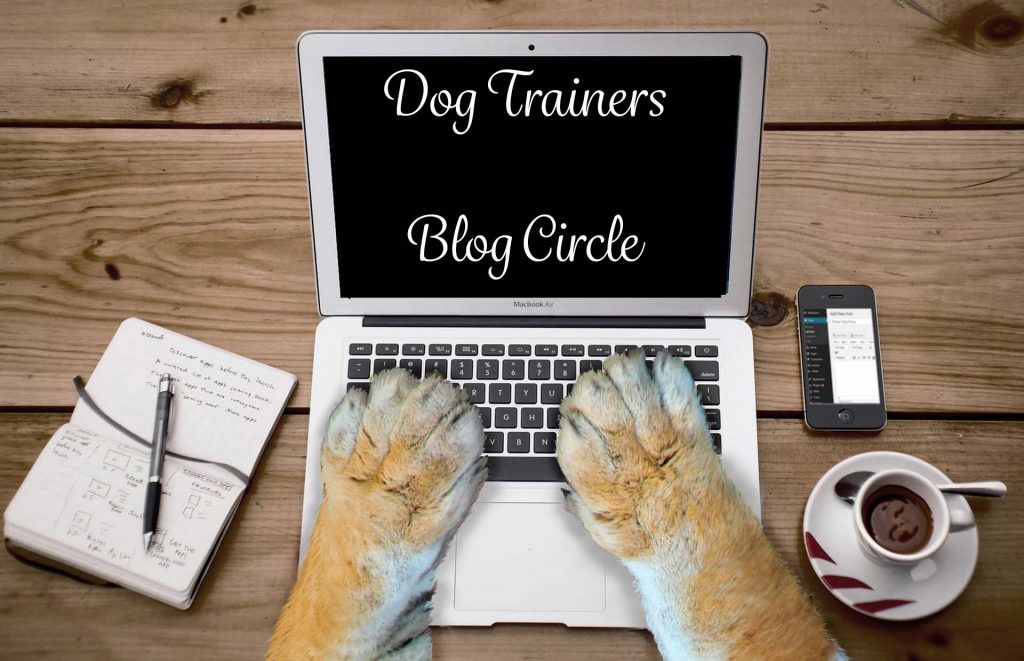I come across very few dog owners nowadays who don’t reward their dog in some way for its hard work. Why wouldn’t you? I know I certainly wouldn’t do much if I didn’t get anything back, or worse still, if I only got punished when I didn’t get things right. The focus of this article will be food rewards, specifically treats, given in conjunction with praise, although there are other ways of rewarding dogs, for example, verbal / physical praise and playing with toys.

The pros of rewarding your dog
When you are first teaching a dog to do something new, you need to let it know that it is doing the right thing, at the right time. This method of training using ‘positive reinforcement’ means that rewards follow verbal praise and marking and rewarding at key times during an exercise or activity will build up a ‘reward history’. The Dogs Trust website has information on Training with rewards: Positive Reinforcement to help us understand how to teach dogs to learn and behave in a way that we want them to. This is similar to how humans learn in that it establishes healthy neural pathway connections in the brain. So, the more time you put into teaching the dog what to do, and rewarding it for doing it, the more embedded the learning will be. As time goes on and your dog learns what it’s being asked to do, it will become less reliant on needing treat rewards and verbal and / or physical praise will suffice. An example of this will be sitting when asked.
Top 5 things to think about when choosing treat rewards:
- Will your dog find it rewarding? Is it valuable enough to them?
- Is it different enough to the food you give them every day?
- Can it be chopped / broken up into little pieces?
- Can it be delivered to your dog quickly, easily and cleanly?
- Are you including it in your dog’s daily food allowance, to keep them at a healthy weight?

How to use treat rewards
Rewards need to be given to the dog in such a way that they make the connection between the behaviour they just carried out and the praise / treat that follows. This means that the timing and frequency is crucial. One of the best ways to let a dog know that it carried out the behaviour you wanted is to ‘mark’ it with either a marker cue word like “Yes!” or using a ‘clicker’, then verbally praise “Good boy/girl”, swiftly followed by a treat reward. You can find out How to clicker train your dog from the pdsa website. You must ensure that you always give the dog the reward that you promised so if you say the marker cue word or click the clicker it has to be followed by the reward otherwise the dog will lose faith and their execution of the behaviour will become less reliable, e.g. recall may become less consistent.
One question I get asked by new clients is “Will I always have to carry treats to reward my dog?” This is a good question, and as far as I’m concerned, the easy answer is yes! However, this is mainly because my dogs are always up for learning something new, polishing up on a skill they have already learnt or just because I like to have a bag of treats on me for that ‘one time when you might really need it’.
But what I think my clients are really asking is the more implicit meaning to this question which is “When, and how do I phase out the treats to reduce reliance on them?” Reducing the number and frequency of giving treat rewards is just as important as when you introduced them because the dog can become reliant on working for treats and not for you, the owner. This is a judgement that comes from how convinced we are that the dog has learnt the behaviour and how motivated he/she is to carry it out when we ask for it. One thing to note here is that you must ALWAYS continue with rewarding with verbal (and / or physical) praise so that your dog knows it has been successful, even if it doesn’t get a treat reward.
Techniques for reducing treat rewards – ALWAYS still verbally praise!
- Reduce the frequency of giving the treat, e.g. training your dog to heel walk and you are verbally praising and treating them every 5 paces, continue to verbally praise every 5 paces but try treating every 10 paces, then 15, 20, 25 and so on
- Evolve treat giving from a continuous delivery to a random one
- Give more verbal praise / fuss instead of a treat
- Engage in play instead
- Releasing the dog is a reward in itself, especially if you’re taking them off lead to go and play.

In my list above of ‘Top 5 things to think about when choosing a treat reward’ I ask you to consider whether the treat reward is valuable enough to your dog? What is a high or low value treat reward? This will be individual to each dog, however it’s more likely that kibble / dry dog food is a low value reward and something really smelly and tasty will be of higher value to encourage your dog to work harder and feel ‘better paid’ for their efforts. Treats like baked garlic chicken, liver cake, cooked meats, meat pate for dogs and air dried fish / meat are usually all very welcome to your canine companions.
Key things to remember about treat rewards.
Select the right value reward for the task, remember timing is critical, ensure the dog knows exactly what command / behaviour it has completed correctly, ALWAYS verbally praise, then reward and only phase out treat rewards when you are confident the dog has learnt and fully understands the command / behaviour.
Nicci Kenny – Whistle and Wag Training
If you want to learn more about reward based training get in touch
Around the circle

I am part of a fabulous blog circle with other dog trainers. Each blog in the circle links to the next so you can read what each of them has to say about using rewards in training.
So next in the circle is –


Pingback: Rewards – how to use them with your dog?